Disclosure: This article contains affiliate links. We may earn a commission from purchases at no extra cost to you, which helps our travel content.
The first light of dawn breaks over Kruger National Park's western edge, casting a golden hue across the savanna that borders Nelspruit. I've positioned myself on a rocky outcrop, camera poised, waiting for that perfect moment when light and landscape converge into magic. After covering cricket matches in Johannesburg last month, I decided to extend my stay in South Africa, trading press boxes for the wild expanses of Mpumalanga Province. Having documented sporting events across six continents, I've developed a particular appreciation for the environments that shape local traditions and ecosystems. Nelspruit (officially Mbombela) serves as the perfect gateway to this exploration—a sophisticated hub surrounded by some of Africa's most spectacular natural wonders. What follows is my photographic journey through this remarkable region, where biodiversity rivals anything I've encountered in Costa Rica's rainforests or Tasmania's wilderness preserves.
Preparing Your Photographic Arsenal
When I packed for Nelspruit, I knew I was preparing for photographic conditions that would challenge both my equipment and technique. This isn't casual travel photography territory—this is a realm where split-second wildlife encounters meet dramatic landscapes, where early mornings and late afternoons deliver light that transforms ordinary scenes into extraordinary images.
My primary setup consists of my trusty mirrorless camera paired with a versatile 24-105mm for landscapes and a 100-400mm telephoto for wildlife. The mirrorless system's silent shooting mode proved invaluable during close wildlife encounters, particularly when photographing skittish nyala antelope near my accommodation.
But perhaps the most crucial piece of equipment for Nelspruit photography isn't the camera body or lenses—it's reliable support. After twenty years lugging heavy tripods through cricket stadiums from Wellington to Wankhede, I've graduated to a carbon fiber travel tripod that weighs just over 1kg yet remains rock-steady even with my telephoto attached. The investment pays dividends during those golden hour sessions at God's Window when every vibration threatens to ruin the perfect shot.
Storage redundancy is non-negotiable here. I learned this lesson the hard way years ago while covering a rugby tournament in Cape Town when a corrupted memory card cost me an entire day's work. Now I shoot simultaneously to dual cards and back up daily to a portable SSD. The region's sometimes unpredictable power supply means carrying extra batteries is essential—I pack four, ensuring I never miss a sunrise safari because of a dead camera.

💡 Pro Tips
- Bring circular polarizing filters for managing the harsh midday glare and enhancing the rich colors of Lowveld vegetation
- Pack a rain cover for your camera gear—afternoon thunderstorms can develop quickly, especially during fall
- Consider a bean bag support for vehicle-based safari photography—it's more versatile than window mounts
Kruger National Park: The Wildlife Photographer's Ultimate Canvas
Kruger has long held mythical status among wildlife photographers, and for good reason. With its proximity to Nelspruit (just 40 kilometers to Numbi Gate), this vast ecosystem offers unparalleled opportunities for capturing Africa's iconic species. However, after five visits spanning three continents' worth of nature reserves, I've learned that successful wildlife photography here requires strategy, patience, and local knowledge.
I arranged a private photography safari through my lodge, allowing for specialized guidance and the flexibility to linger at sightings—something impossible on standard game drives. My guide, Themba, a former park ranger turned photography specialist, knew exactly which watering holes attracted specific animals during fall's drier conditions.
We began each day at 4:30 AM, departing in specialized vehicles with stabilizing camera mounts and cutout windows. Unlike the rugby scrums I once documented, wildlife photography is a game of stillness and anticipation. We would position ourselves near the Sabie River at dawn, when predators are most active. On our third morning, patience delivered its reward—a female leopard and nearly-grown cub drinking cautiously at the water's edge, their spotted coats illuminated by golden light filtering through riverside acacias.
The technical challenges here are substantial. Rapidly changing light conditions require constant exposure adjustments, while fast-moving subjects test your autofocus capabilities. I found shooting in aperture priority with auto ISO (capped at 3200) offered the best balance between control and adaptability.
Beyond the Big Five, Kruger's birdlife provides extraordinary photographic opportunities. The Lowveld's fall season brings numerous migratory species, and the lilac-breasted roller—with its kaleidoscopic plumage—became my personal obsession. After four attempts, I finally captured one in flight, its wings displaying that characteristic explosion of turquoise against the muted bush backdrop.
The luxury of time allowed me to move beyond standard documentary shots toward more artistic interpretations—silhouettes of giraffes against sunset skies, abstract patterns in elephant skin, and the hypnotic ripples created by hippos submerging in golden afternoon light.
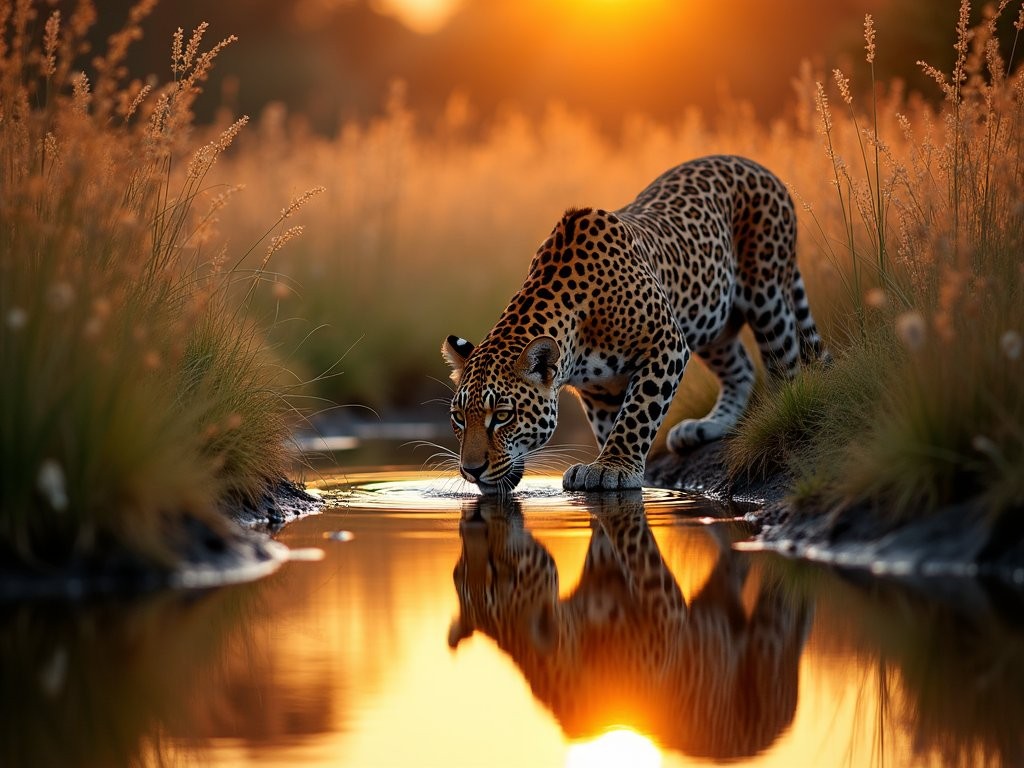
💡 Pro Tips
- Visit the Skukuza area for big cat photography—the more open terrain increases sighting opportunities
- Keep your longest lens ready for bird photography; the detail in feather structure makes all the difference
- Learn to read animal behavior for anticipating movement—ears forward in impalas often indicates they've spotted a predator
Blyde River Canyon: Landscape Photography Challenges and Triumphs
If Kruger tests your wildlife photography skills, the Blyde River Canyon system challenges every aspect of your landscape technique. The world's third-largest canyon offers such diverse shooting opportunities that I dedicated five full days to exploring its various viewpoints and perspectives.
God's Window remains the most iconic vantage point, but it's also the most photographically challenging. The vast scale and extreme contrast between the shadowed canyon and bright sky exceed what even modern sensors can capture. I found success using graduated neutral density filters and exposure bracketing for later HDR compositing—a technique that would have seemed like science fiction when I first began photographing cricket grounds decades ago.
The Pinnacle Rock and Three Rondavels viewpoints offer more manageable compositions but come with their own challenges—primarily the harsh midday light that flattens the dramatic topography. After a disappointing first attempt, I consulted local photographers who confirmed what I suspected: these locations demand early morning visits when low-angle light creates texture through shadow play across the rock formations.
For my return visit to the Three Rondavels, I arrived at 5:30 AM, hiking the last portion by headlamp. Setting up in pre-dawn darkness, I used my landscape filter system to balance exposure between sky and land as the first light painted the distinctive dome-shaped peaks. The resulting images captured the canyon's scale in a way midday shots simply cannot.
Bourke's Luck Potholes presented entirely different photographic opportunities. These geological formations—sculpted by centuries of swirling water—offer fascinating abstract compositions. Here, I switched to a wide-angle lens with a circular polarizer to cut glare from the wet surfaces and enhance the remarkable colors in the rock. Working with longer exposures (1-2 seconds) transformed the rushing water into silky textures that contrasted beautifully with the angular rock formations.
My most memorable photographic experience came during an unexpected afternoon thunderstorm at the Lowveld View point. While other visitors retreated to their vehicles, I protected my camera with a rain cover and captured dramatic images of lightning strikes illuminating the canyon. The rapidly changing weather created atmospheric conditions—mist rising from the forest canopy, dramatic cloud formations—that transformed familiar viewpoints into something otherworldly.
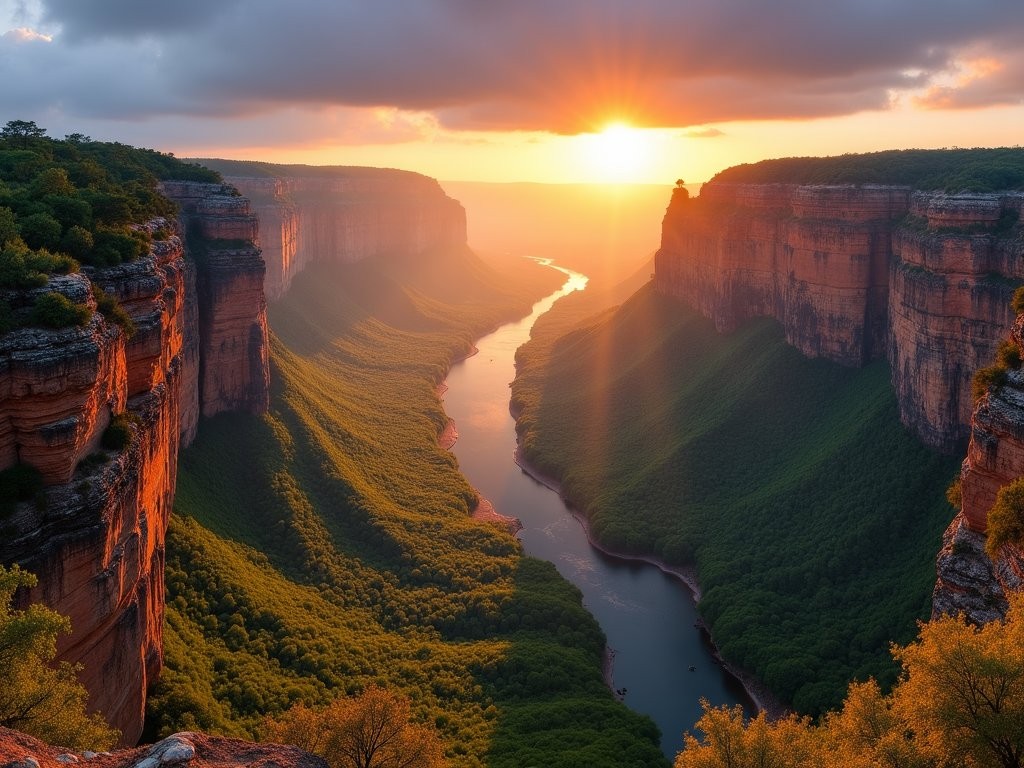
💡 Pro Tips
- Use focus stacking techniques for canyon landscapes to ensure sharpness from foreground to background
- Visit viewpoints at least twice—once for scouting and once for the actual shoot when conditions are optimal
- Pack microfiber cloths for managing lens condensation when moving between air-conditioned vehicles and humid outdoor environments
Cultural Photography in Rural Communities and Nelspruit's Markets
While Nelspruit's natural surroundings rightfully command attention, my background in documenting cultural contexts behind sporting traditions drew me to the region's human stories. The Shangaan and Swazi communities near Nelspruit maintain vibrant cultural practices that offer compelling photographic opportunities—if approached with respect and genuine interest.
I connected with a local cultural guide through my accommodation who arranged visits to several communities where traditional practices continue alongside modern life. My approach to cultural photography has been shaped by years of documenting cricket in places like Sri Lanka and India—I've learned that building rapport precedes raising the camera. In the village of Matsulu, I spent an entire morning simply conversing with elders before photographing their traditional council meeting.
When invited to document a coming-of-age ceremony in a Swazi community, I brought along my portable photo printer to create immediate prints for participants. This simple gesture transformed the photographic dynamic from extraction to exchange and resulted in more natural, unguarded images as people became comfortable with my presence.
The technical aspects of cultural photography in this region present distinct challenges. Many important activities occur indoors or in shaded areas with challenging mixed lighting. I often worked with a fast prime lens (f/1.4) and pushed my ISO higher than I would typically prefer. The resulting grain became an acceptable trade-off for capturing authentic moments without disruptive flash photography.
Nelspruit's Sonpark Farmers Market provided a different cultural canvas—a vibrant intersection of rural producers and urban consumers where the region's agricultural abundance is on full display. Here, I focused on environmental portraiture, capturing vendors with their produce using natural light and wide apertures to isolate subjects against colorful backgrounds. The resulting photo essay reveals the human connections behind Mpumalanga's food systems.
My journalism background has taught me that the most compelling cultural photographs emerge when you focus on the spaces between planned events—the casual conversations, the preparations, the moments of rest. In Nelspruit's communities, I found people remarkably open to being photographed once they understood my genuine interest in their traditions beyond superficial tourism imagery.
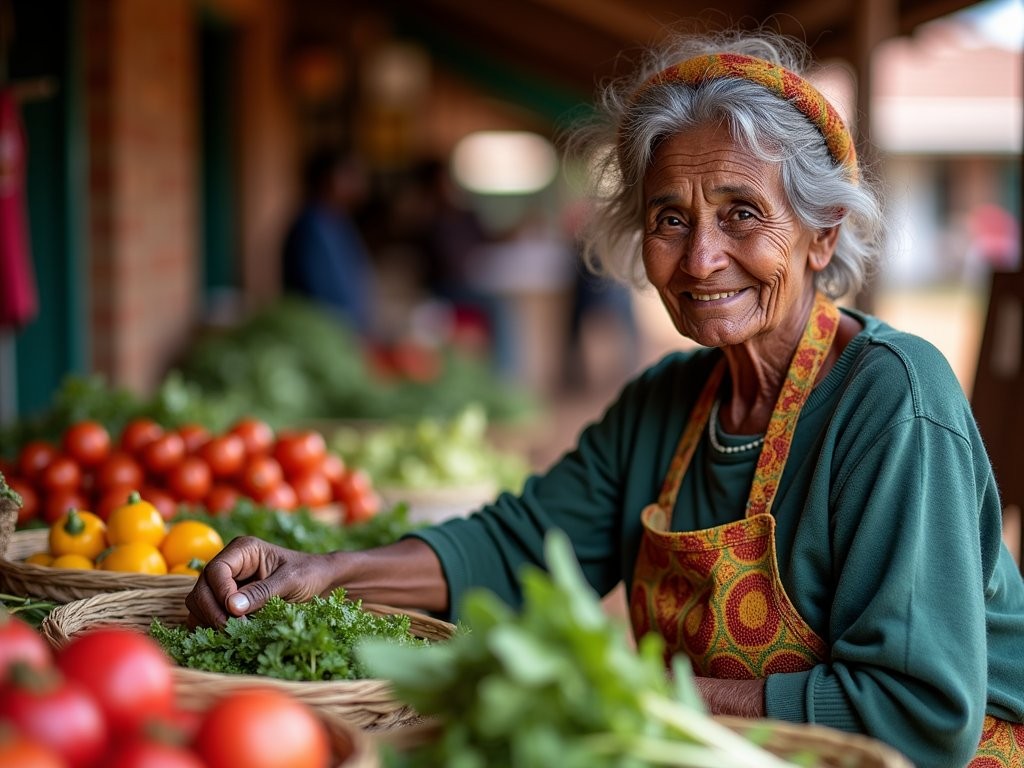
💡 Pro Tips
- Always seek permission before photographing individuals, particularly in rural communities
- Learn basic greetings in local languages—a little Siswati or Shangaan goes a long way toward building rapport
- Consider working with a local cultural interpreter who can explain context and help navigate appropriate photography moments
Conservation Photography: Documenting Rehabilitation Efforts
My wife's work in conservation biology has deeply influenced my approach to travel photography. Rather than simply documenting what exists, I've become increasingly drawn to capturing the intersection of human conservation efforts and threatened ecosystems. Nelspruit offers exceptional opportunities in this regard, hosting several world-class wildlife rehabilitation facilities.
The Jane Goodall Institute's Chimp Eden, located just outside Nelspruit, provides sanctuary for chimpanzees rescued from the bushmeat trade and entertainment industry. Photographing these great apes presents unique ethical considerations—these are traumatized individuals recovering from human exploitation, not wildlife photography subjects. Working closely with sanctuary staff, I focused on documenting rehabilitation processes rather than creating artificial wildlife imagery.
The sanctuary's educational mission aligned perfectly with my approach to conservation photography. Rather than merely capturing aesthetic images of chimps, I developed a visual narrative around their rehabilitation journey—from medical treatment to social reintegration. This required patience and longer focal lengths to maintain appropriate distance. My telephoto zoom lens proved invaluable, allowing intimate documentation without disturbing the animals.
At the Moholoholo Wildlife Rehabilitation Centre near Hoedspruit (a worthwhile day trip from Nelspruit), I arranged special photography access to document their vulture conservation program. These magnificent but endangered birds suffer from poisoning and habitat loss throughout southern Africa. The center's work releasing rehabilitated vultures back into protected areas tells an important conservation story that transcends typical wildlife photography.
The technical challenges of rehabilitation photography differ from traditional wildlife work. Many facilities have enclosures with challenging light and distracting elements. I found creative framing and careful timing essential—waiting for moments when animals positioned themselves against natural backgrounds rather than artificial structures.
Perhaps most rewarding was documenting the Nelspruit-based Lowveld Rhino Trust's dehorning operation—a controversial but effective anti-poaching measure. After securing necessary permissions and agreeing to strict ethical guidelines about what could be photographed, I joined a team darting rhinos from helicopters. The resulting images powerfully communicate both the drastic measures required to protect these magnificent creatures and the dedication of conservation professionals working against tremendous odds.

💡 Pro Tips
- Research facilities before visiting to understand their photography policies and conservation mission
- Consider donating your images to rehabilitation centers for their educational and fundraising efforts
- Focus on telling conservation stories through sequences of images rather than single dramatic shots
Technical Challenges: Managing Light and Weather in Mpumalanga
Nelspruit's position in Mpumalanga province creates distinctive photographic conditions that require technical adaptability and specialized gear. After years documenting cricket matches in similarly challenging environments—from the harsh sunlight of Wellington's Basin Reserve to the monsoon conditions of Sri Lanka's Pallekele Stadium—I've developed strategies that served me well in this region.
The most persistent challenge is Nelspruit's extreme contrast range. The combination of clear African skies and deep forest shadows creates scenes that exceed even modern sensors' dynamic range. I regularly employed graduated neutral density filters for landscape work and fill-flash techniques for wildlife in dappled light. During fall, when I visited, the lower sun angle actually helps reduce midday contrast compared to summer conditions.
Mpumalanga's weather patterns present another technical hurdle. The region experiences rapid transitions from brilliant sunshine to dramatic thunderstorms, particularly in late afternoon. This requires both weather-appropriate gear and technical adaptability. I protected my equipment with a camera rain cover that packs small but deploys quickly when those characteristic thunderheads build.
Dust presents a persistent challenge, particularly when photographing in Kruger or along dirt roads near Nelspruit. I developed a disciplined approach to equipment care—changing lenses inside vehicles with engines off, using rocket blowers for daily sensor cleaning, and carrying pre-moistened lens wipes for managing fine dust on optical surfaces.
The region's varied lighting conditions also demand technical versatility. From the soft golden glow of early morning at God's Window to the harsh overhead sun at midday markets to the blue twilight at Kruger waterholes—each situation requires different white balance approaches and exposure strategies. I found shooting in RAW format with careful exposure bracketing gave me the post-processing flexibility needed to address these varied conditions.
Perhaps most challenging was managing condensation when moving between air-conditioned accommodations and the humid outdoor environment. My solution involved storing equipment in sealed bags with desiccants and allowing gradual acclimation before use—a technique I perfected while covering cricket in Mumbai's monsoon season years ago.
Fall in Nelspruit brings another photographic advantage: clearer air quality compared to winter, when agricultural burning creates hazy conditions. The cleaner atmosphere during my visit allowed for sharper distant landscapes and more vibrant colors, particularly during the magic hours around sunrise and sunset.
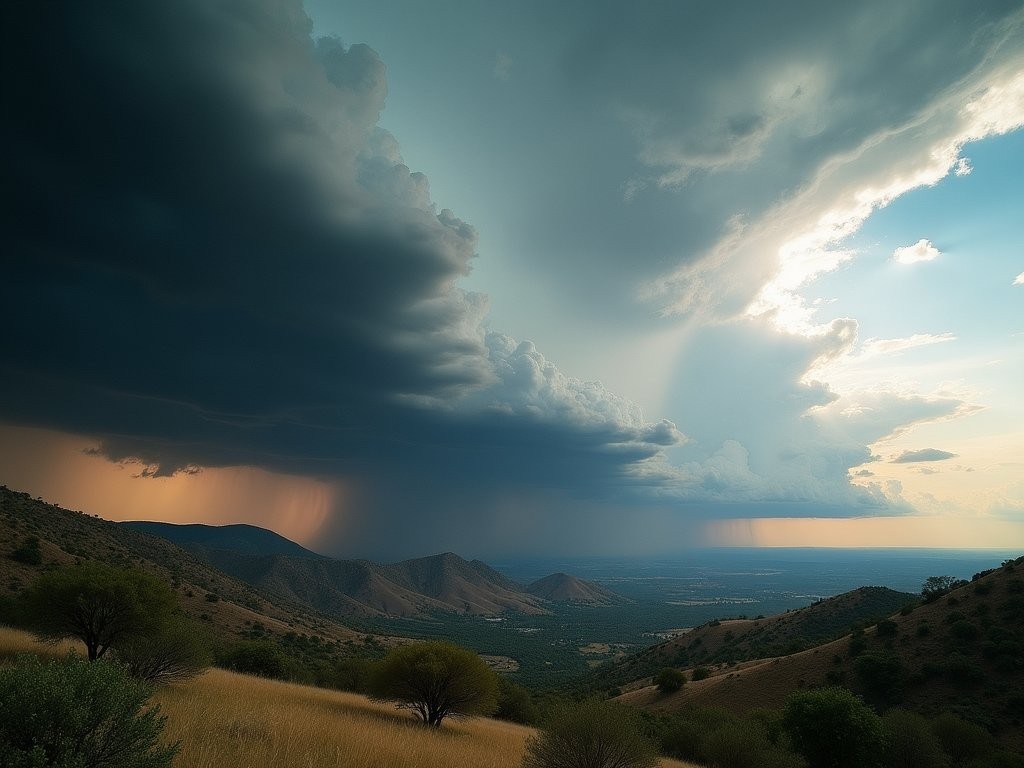
💡 Pro Tips
- Carry silica gel packets in your camera bag to manage humidity and condensation issues
- Use lens hoods religiously—they protect against both flare and the frequent light rain showers
- Consider a lightweight reflector for portrait work—the harsh directional light often needs softening
Final Thoughts
As my two weeks in Nelspruit drew to a close, I found myself reviewing thousands of images that captured not just the region's spectacular wildlife and landscapes, but the conservation stories and cultural contexts that give this place its soul. The photographic opportunities here demand technical versatility and patience, but reward persistence with images of extraordinary power and beauty. From the golden light illuminating a leopard at Kruger's edge to the dramatic storm clouds gathering over Blyde River Canyon, Mpumalanga offers visual narratives that continue to unfold long after your memory cards are full. For photographers seeking to elevate their wildlife and landscape work while engaging with meaningful conservation stories, Nelspruit provides the perfect gateway to experiences that will transform both your portfolio and perspective. As I pack my gear for the return to Wellington, I'm already planning my next visit—perhaps during the green season, when different light and wildlife behaviors will tell new stories through my viewfinder.
✨ Key Takeaways
- Plan photography sessions around golden hours—early morning and late afternoon light transforms Mpumalanga's landscapes
- Invest time in conservation facilities to document meaningful wildlife stories beyond typical safari imagery
- Build relationships with local communities for authentic cultural photography opportunities
- Prepare technically for extreme contrast conditions and rapidly changing weather
📋 Practical Information
Best Time to Visit
Fall (March-May) offers ideal photography conditions with clearer skies and moderate temperatures
Budget Estimate
$300-500 per day including luxury accommodation, private photography guides, and specialized access fees
Recommended Duration
Minimum 10-14 days to properly explore diverse photography opportunities
Difficulty Level
Advanced - Requires Technical Photography Skills And Physical Stamina For Early Mornings And Variable Conditions
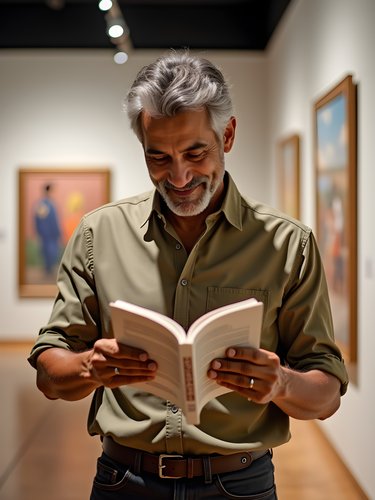
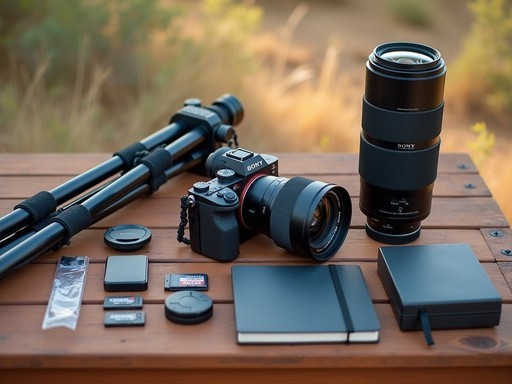

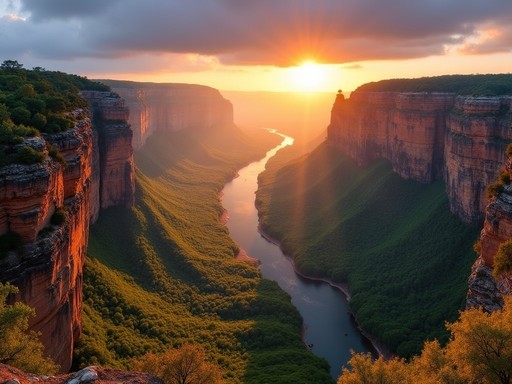

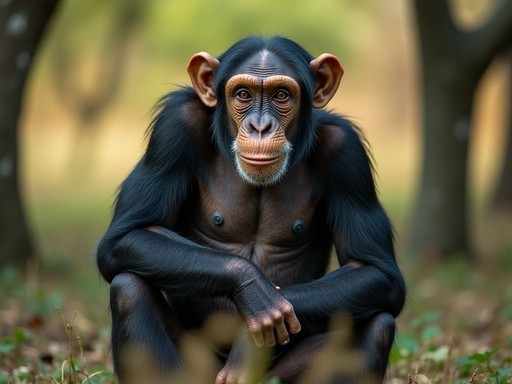
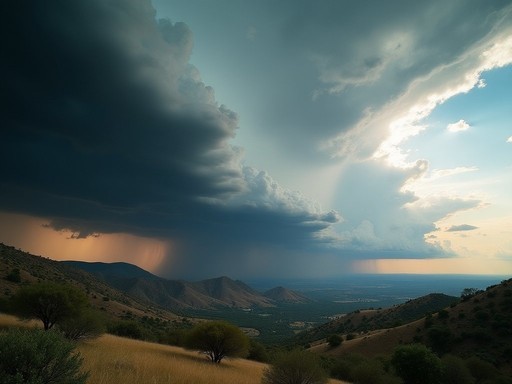


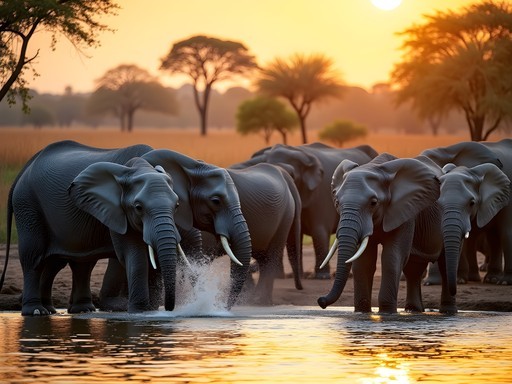






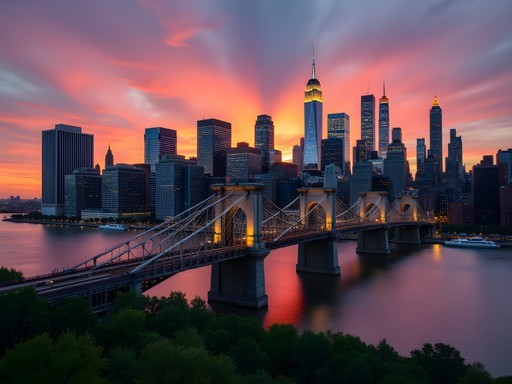
Comments
redking
Heading there next month! Can't wait!
happyvibes
Make sure to visit the Chimpanzee Eden too! Not mentioned in the post but amazing for primate photography.
islandway
Just got back from Nelspruit and Kruger last month and WOW! Your blog post captures the experience perfectly! We had the most incredible leopard sighting near Skukuza - she was draped over a branch about 20 feet up, completely relaxed in the afternoon sun. I was kicking myself for not bringing my telephoto lens and had to make do with my 70-300mm. For anyone heading there, definitely invest in good glass - you won't regret it! Also loved your tips about Blyde River Canyon. We tried shooting the Three Rondavels at sunset but struggled with the dynamic range. Your bracketing technique is something I'll definitely try next time. Did anyone else visit the Lowveld Botanical Gardens? We found some amazing macro photography opportunities there with the insect life!
coolhero
Those leopard sightings are so rare! How many days were you in the park? I've heard you need at least 3-4 to have a decent chance at seeing the big cats.
islandway
We did 5 days and saw 4 leopards! But we went with a specialized photography guide who knew all the spots. Totally worth the extra cost if wildlife photography is your main goal.
coolhero
What time of year did you visit? I'm planning a trip and wondering when the best wildlife viewing is.
Amit Sullivan
I was there in late September/early October, which is great for wildlife as it's dry season and animals concentrate around water sources. The vegetation is also less dense so visibility is better. If you want lush landscapes, the wet season (Nov-Mar) is beautiful but trickier for spotting wildlife.
Taylor Moreau
Amit, your section on preparing the photographic arsenal resonates strongly with my experiences in the region. I was in Nelspruit last year on a business trip and managed to escape for two days to Kruger. I wish I'd read your advice before going! I brought too many lenses and spent too much time changing equipment rather than observing and anticipating wildlife movements. Your tip about sticking primarily to a versatile telephoto zoom is spot on. I'd add that anyone serious about wildlife photography should consider renting a longer lens locally if they don't own one - the difference between 200mm and 400mm when photographing distant predators is night and day. Also appreciated your insights on the rural communities - that's an aspect many photographers overlook.
nomadmaster
Those golden hour shots of the savanna are absolutely stunning! Making me want to book a flight right now.
Taylor Moreau
The light in Kruger is unlike anywhere else I've photographed. If you do go, try to book accommodation inside the park - gives you access before day visitors.
nomadmaster
Thanks for the tip! Any particular camps you'd recommend for a first-timer?
coollife
WOW! Just used this guide for my trip last week and it was PERFECT! Got amazing shots at the exact spots you mentioned in Blyde River Canyon. That tip about waiting for the afternoon light at the Three Rondavels viewpoint was gold! 👏👏👏
Claire Hawkins
Your post brought back so many memories, Amit! I visited Nelspruit with my family last year, and while I'm not a professional photographer like you, capturing those moments was magical. My kids were absolutely mesmerized by the wildlife. We found that early morning game drives were perfect with children - they were still sleepy and quiet, which meant better wildlife sightings! The cultural photography section resonated with me especially. We visited the Shangana Cultural Village, and the portraits we took there tell such powerful stories. Did you find the local people receptive to being photographed? We always asked permission and showed them the results, which created beautiful connections despite language barriers.
Amit Sullivan
Claire, that's exactly the approach I took! Always ask permission, show the results, and if possible, find a way to share the final images with them. I found most people in the markets and villages were very open once they understood my intentions weren't commercial. And yes, those early morning drives are magical - not just for the light but for the quiet too!
freevibes
How did you handle the midday harsh light? I always struggle with that when traveling in sunny places!
Morgan Cunningham
@freevibes I'm not Amit, but when I was there I used midday for shooting in forest areas where filtered light works better. Also great time to photograph the markets where the overhead cover helps with the harsh shadows. Save the open landscapes for early morning/late afternoon.
islandmood
These landscapes are breathtaking! The way you captured the colors at Blyde River Canyon is incredible. Did you use any special filters for those shots?
backpackbuddy
Great post! I'm planning a photography trip to Kruger next year. What telephoto lens would you recommend for wildlife that won't break the bank? And did you find it necessary to have a second camera body as backup?
Amit Sullivan
For an affordable telephoto, I'd recommend the 150-600mm from Tamron or Sigma - great value for wildlife. And yes, always bring a backup body! I had condensation issues one morning that would have ruined my day otherwise.
Gregory Boyd
Jumping in here - I second Amit's suggestion on the Tamron/Sigma options. I'd add that renting a premium lens for your trip might be worth considering too. Gives you pro-level glass without the investment. And absolutely bring two bodies - dust is a major issue in the dry season.
Venture X
Premium card with 2X miles, $300 travel credit, Priority Pass